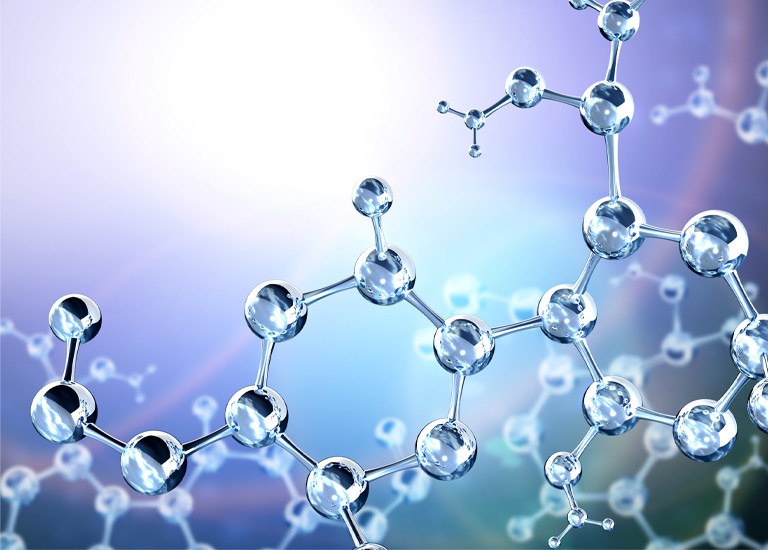Materials science involves using physical and chemical properties of solid materials to craft or improve end products.
 Hamilton Brook Smith Reynolds applies experience in materials science to assist inventors in obtaining patent protection in several fields, including:
Hamilton Brook Smith Reynolds applies experience in materials science to assist inventors in obtaining patent protection in several fields, including:
- Biomaterials and biomolecular materials
- Biotechnology and nanotechnology
- Cancer research
- Ceramics
- Composites
- Devices
- Electrochemistry, materials chemistry, and solid-state chemistry
- Electronic, photonic, and magnetic materials
- Energy storage
- Environmental engineering
- Implants
- Materials culture, materials processing, and materials systems and analysis
- Mechanical behavior of materials
- Mechanical properties and nanomechanics
- Micro electro-mechanical systems (MEMS)
- Metallurgy
- Optoelectronics
- Phase transformations
- Polymers
- Self-assembly
- Semiconductors and superconductors
- Structural and environmental materials
- Surfaces, interfaces, and thin films
- Transport phenomena, processes, and properties
We have advised clients in matters involving gas separation technologies, membrane filtration, conductive radio frequency (RF) formulations, ink formulations, fuel cell membranes, and performance abrasives.
Our litigation experience includes:
- Defended an action in the District of New Hampshire involving alleged infringement of several patents directed to a chemical composition for stripping metal, the action having been brought by the industry leader. The action successfully concluded with a reformulation of the compounds to avoid any infringement and without any payment by our client to the patent holder.














